When planning your next vacation, why choose between a sporting adventure and a cultural expedition when you can have both? Across the globe, certain destinations have mastered the art of blending athletic excellence with rich cultural heritage, offering travelers a multi-dimensional experience. These locations combine the exhilaration of world-class sporting events with profound historical significance and vibrant local traditions.
Barcelona, Spain: Where Football Meets Gaudí
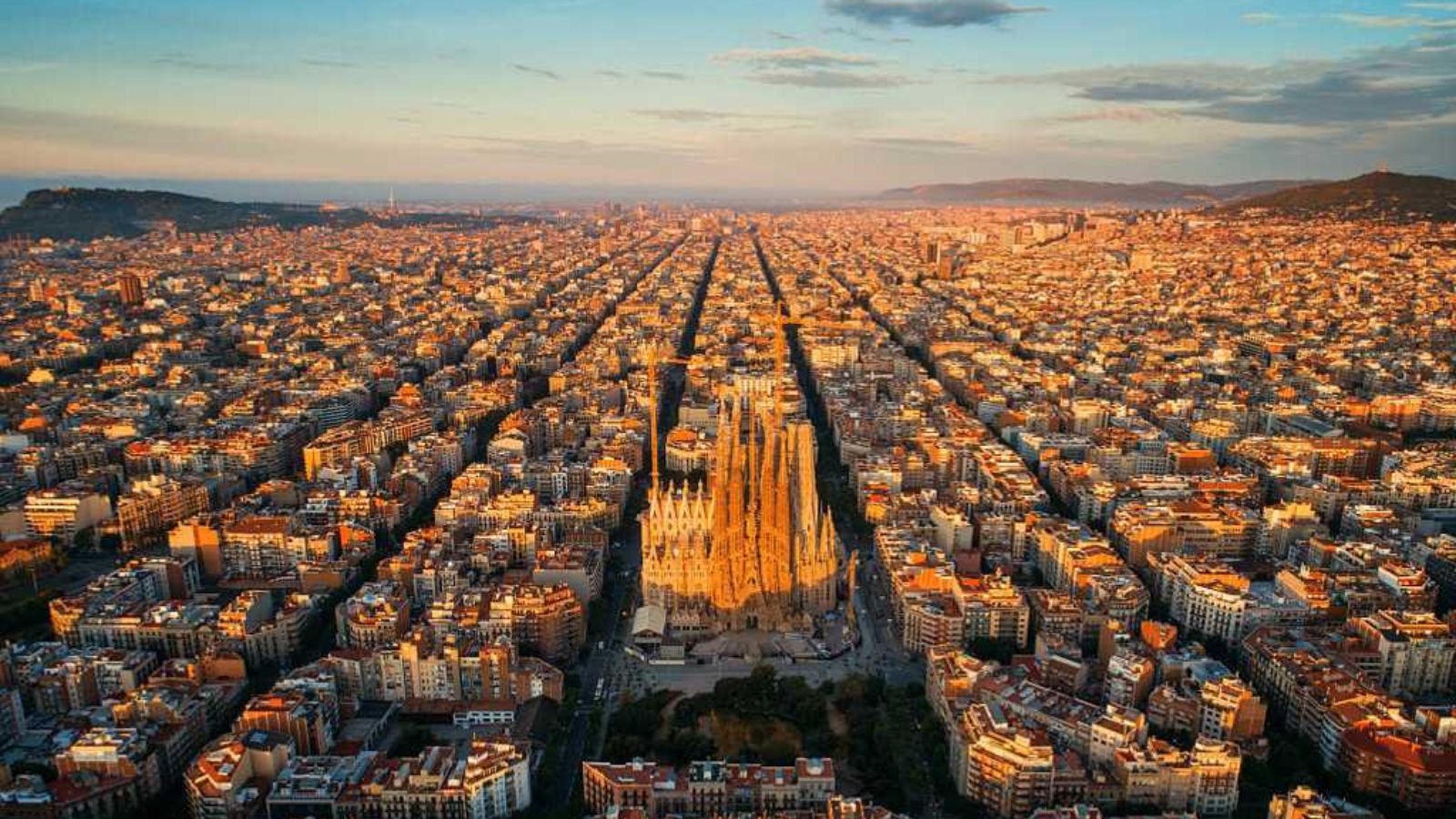
Barcelona stands as perhaps the ultimate example of a city where sports and culture intertwine seamlessly. The iconic Camp Nou stadium, home to FC Barcelona, is more than just a football venue—it’s a pilgrimage site that embodies the Catalan spirit of “més que un club” (more than a club).
After witnessing the beautiful game in its most artistic form, visitors can immerse themselves in Antoni Gaudí’s architectural masterpieces, from the otherworldly Sagrada Família to the whimsical Park Güell. The Gothic Quarter’s narrow medieval streets provide a stark contrast to the modern sports facilities, while the city’s renowned museums, including the Picasso Museum and MACBA (Museum of Contemporary Art), offer cultural enrichment beyond the pitch.
According to recent tourism data analyzed by online platforms like betzoid.com, cities hosting major sporting events see an average 40% increase in cultural site visits during tournament periods, with Barcelona consistently ranking among the top beneficiaries of this crossover tourism trend.
Montreal, Canada: Olympic Legacy And French-American Fusion
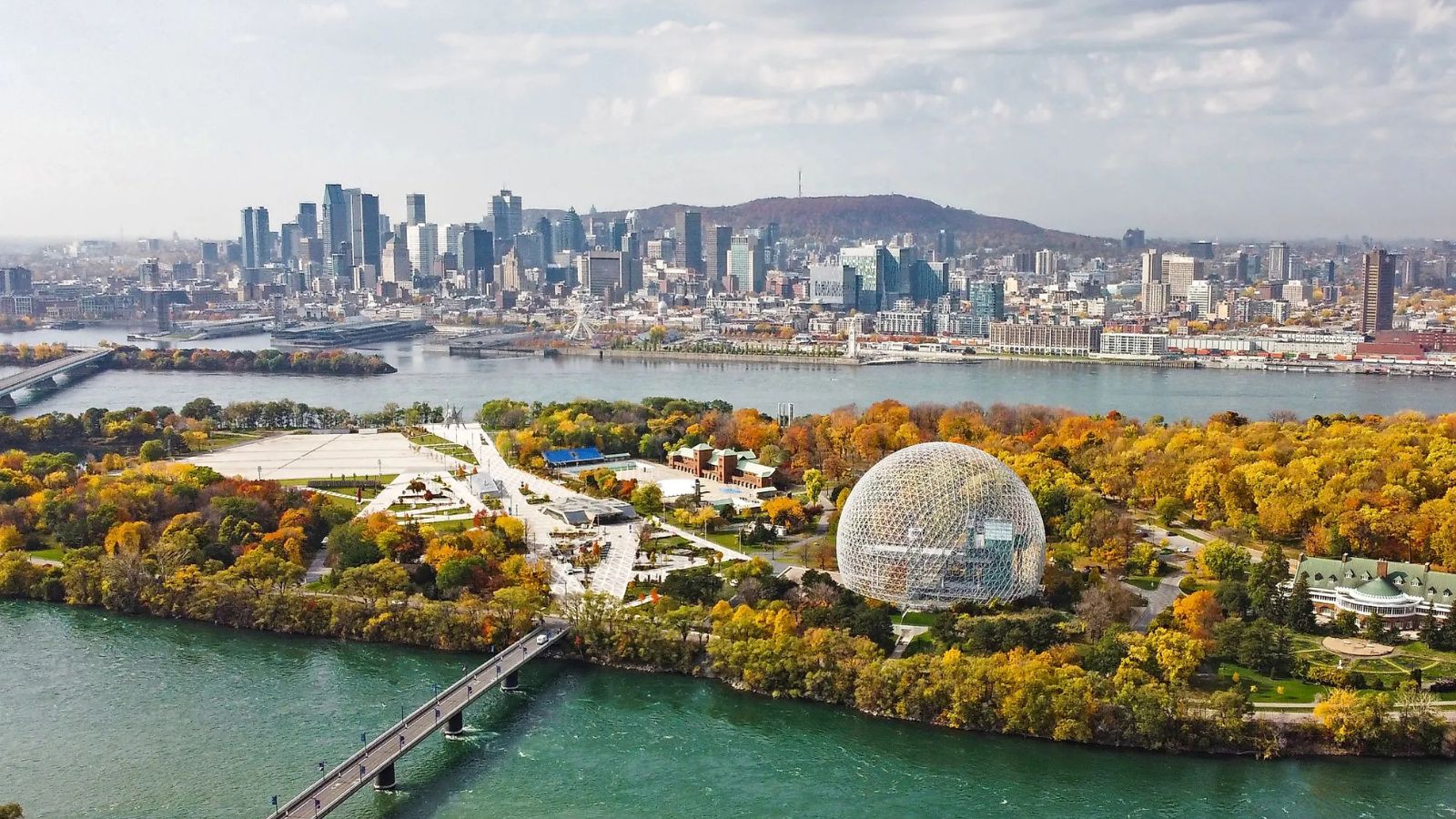
Montreal’s sporting identity was cemented during the 1976 Summer Olympics, with the distinctive Olympic Stadium remaining an architectural landmark. Today, the city balances its sporting heritage with French-Canadian cultural expressions that make it unique in North America.
Visitors can watch the Montreal Canadiens hockey team at the Bell Centre, experiencing Canada’s national sport at its most passionate, then explore Old Montreal’s cobblestone streets and 17th-century architecture. The city’s renowned Jazz Festival, vibrant arts scene, and distinctive culinary traditions creating a fusion of French and North American influences make Montreal a true dual-purpose destination.
Melbourne, Australia: From Grand Slam Tennis To Artistic Laneways
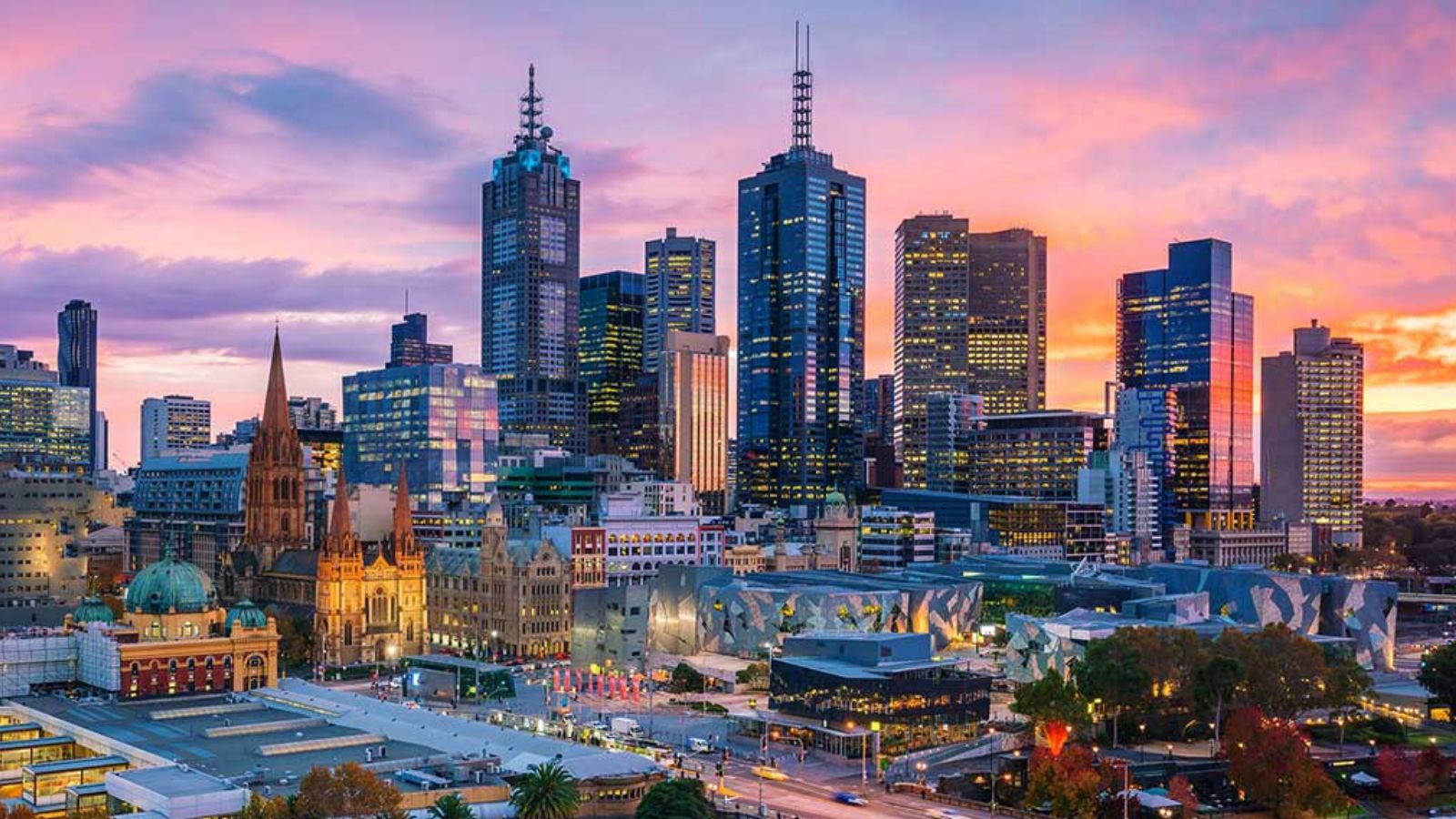
Melbourne holds the distinction of being both Australia’s sporting capital and its cultural heart. The Melbourne Park complex hosts the Australian Open tennis grand slam each January, while the Melbourne Cricket Ground (MCG) stands as an iconic venue for cricket and Australian Rules football.
Beyond sports, the city boasts a thriving arts scene, with the National Gallery of Victoria housing Australia’s oldest and most visited art museum. Melbourne’s famous street art in places like Hosier Lane provides a gritty contrast to the polished sporting arenas, while its multicultural food scene reflects waves of immigration that have shaped Australian culture.
Tokyo, Japan: Traditional Arts Meet Modern Sport
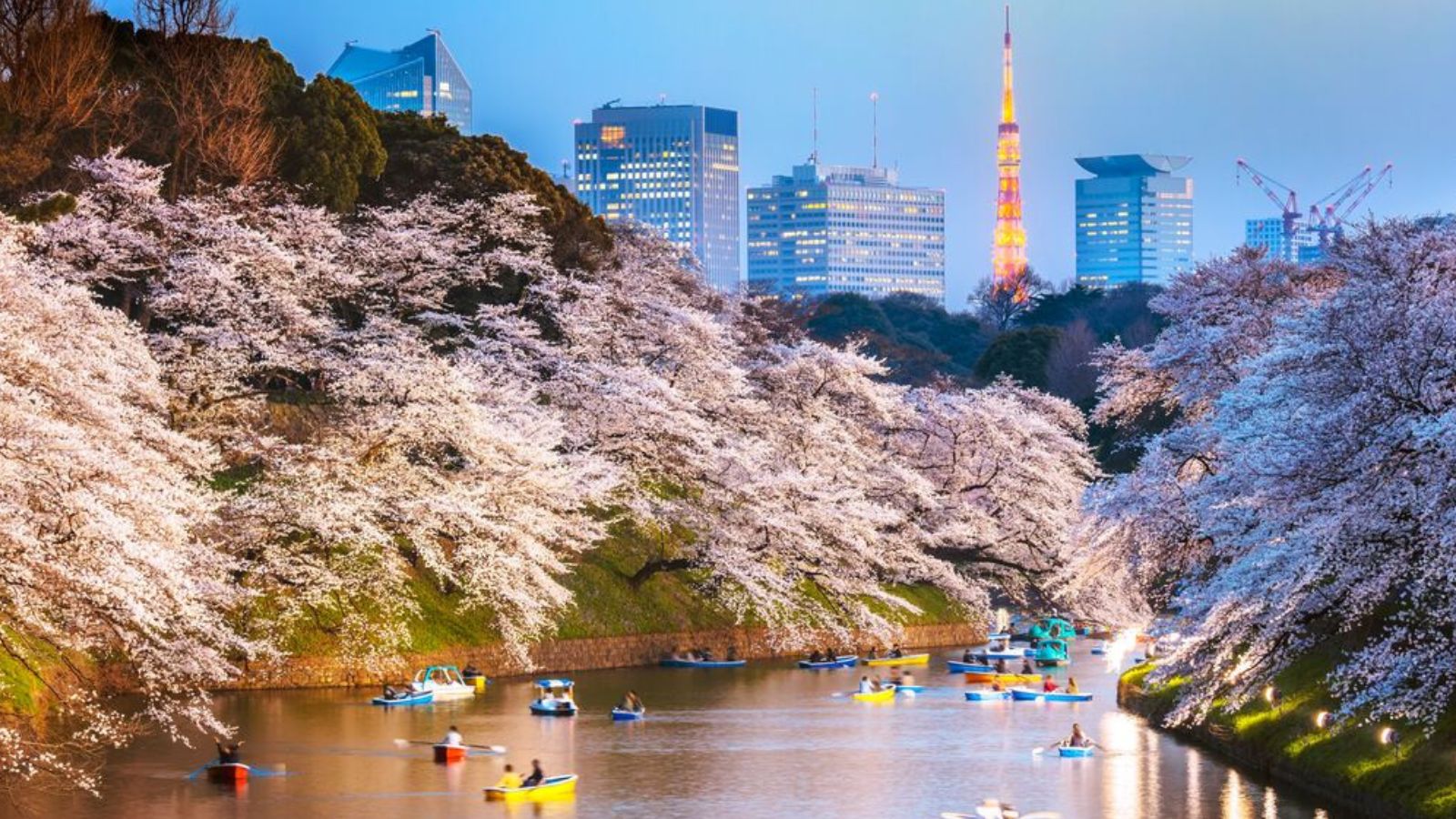
Tokyo demonstrated its dual sporting and cultural significance during the 2020/2021 Olympics, but this blend has defined the city long before that global showcase. Traditional sumo tournaments at Ryōgoku Kokugikan offer visitors insight into Japan’s ancient sporting traditions, while baseball games at the Tokyo Dome showcase the country’s adopted sporting passion.
Between sporting events, travelers can experience Japan’s refined cultural traditions at centuries-old temples, participate in tea ceremonies, or explore the ultra-modern art installations at teamLab Borderless digital art museum. This juxtaposition of ancient tradition and cutting-edge innovation makes Tokyo a compelling destination for diverse interests.
Liverpool, England: Football Heritage And Beatles History
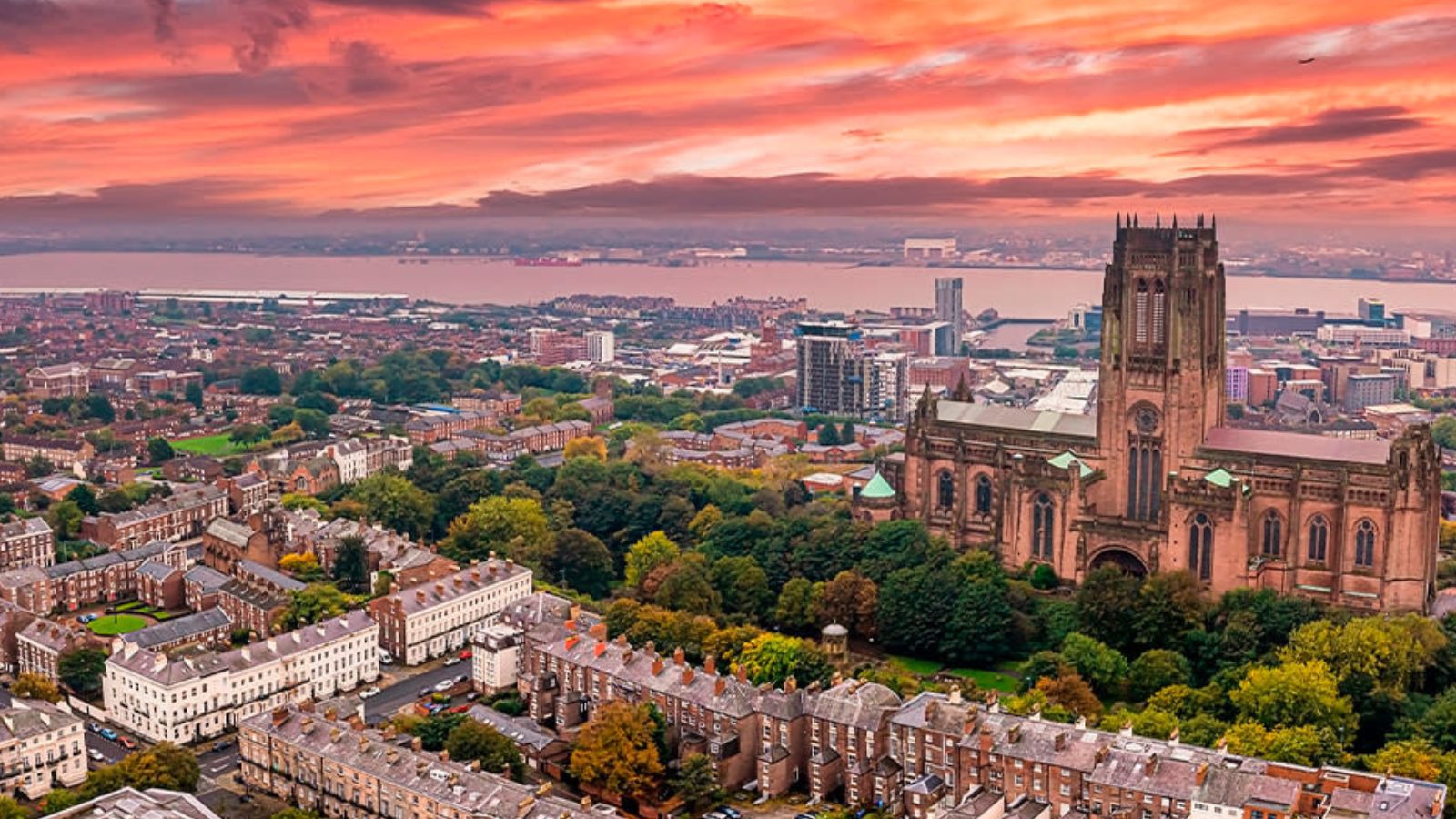
Liverpool’s global identity is shaped by two cultural phenomena: football and the Beatles. Anfield Stadium, home to Liverpool FC, provides one of football’s most atmospheric experiences with the famous “You’ll Never Walk Alone” anthem. The city’s football museums document the sport’s deep connection to working-class culture and local identity.
The same streets that produced football legends also gave birth to the Beatles, with the Cavern Club and Beatles Story museum offering insights into the band’s formative years. The revitalized Albert Dock area, home to Tate Liverpool, represents the city’s cultural renaissance beyond its two most famous exports.
Buenos Aires, Argentina: Tango Rhythms And Football Passion
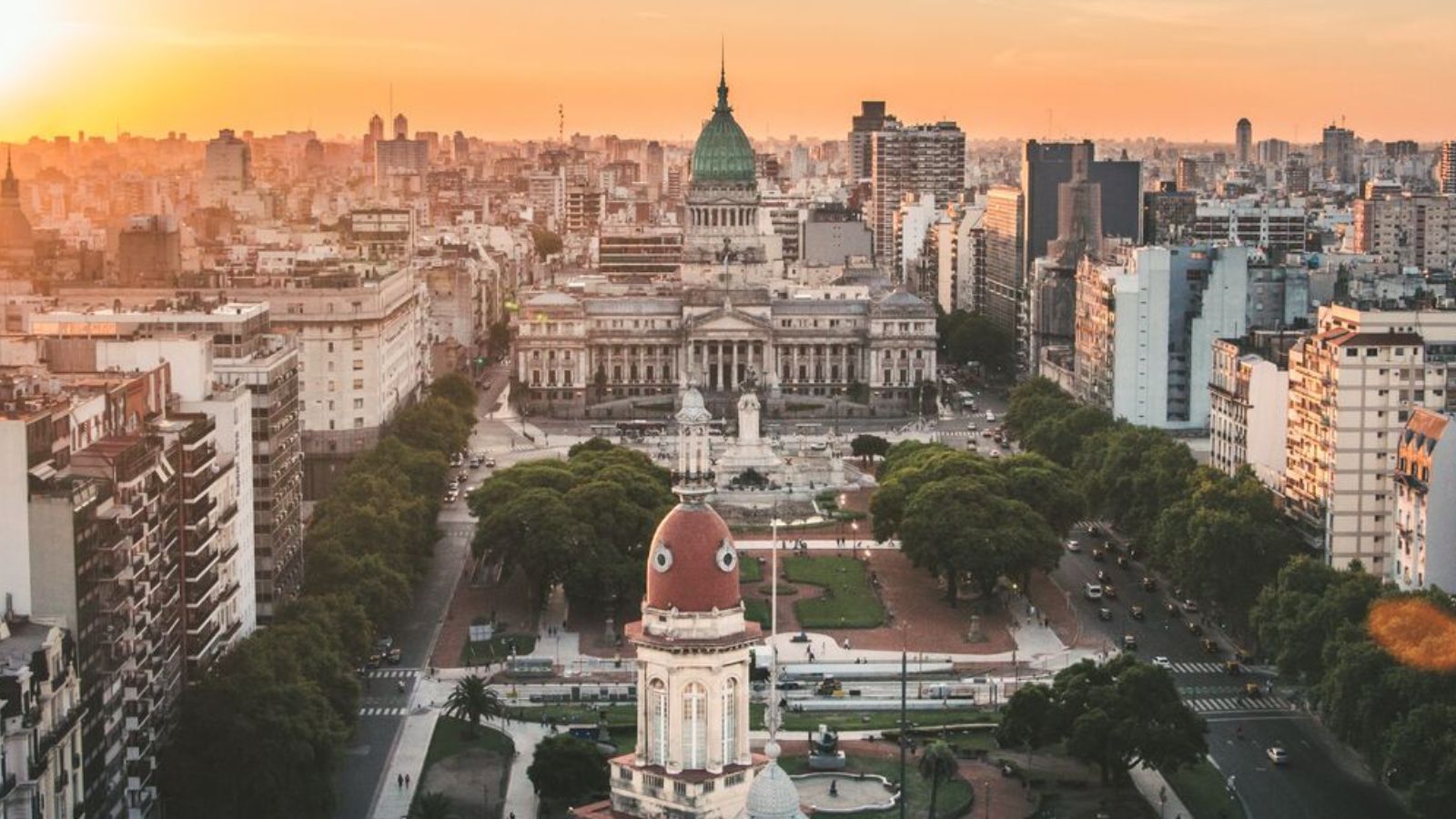
Few cities embody passion like Buenos Aires, whether expressed through the sensual movements of tango dancers or the fervent support at a Boca Juniors football match. La Bombonera stadium offers one of world football’s most intense atmospheres, reflecting Argentina’s deep connection to the sport.
The same emotional intensity finds different expression in the city’s tango halls, colorful La Boca neighborhood, and grand theaters like Teatro Colón. The contrast between the refined cultural institutions of this “Paris of South America” and the raw energy of its sporting venues makes Buenos Aires a destination of captivating dualities.
Planning Your Sports-Culture Vacation
When planning a trip to these multifaceted destinations, timing is essential. Research major sporting events in advance, as tickets often sell out quickly, and accommodation prices typically surge during tournament periods. Many cities offer combination passes that include both sporting venues and cultural sites, providing value for visitors interested in both aspects.
Consider scheduling your visit during shoulder seasons when you might still catch regular season games without the peak crowds at cultural attractions. Digital platforms specializing in travel and entertainment analytics can help identify optimal timing based on factors like ticket availability, weather patterns, and local cultural festivals.
Conclusion
The destinations highlighted above demonstrate that athletic competition and cultural expression aren’t separate tourism categories but complementary aspects of a location’s identity. By seeking out these dual-purpose destinations, travelers can experience the passion and pageantry of great sporting traditions alongside the artistic, historical, and culinary achievements that shape a place’s character.
Whether you’re watching tennis in Melbourne, football in Barcelona, or sumo in Tokyo, these experiences are enriched by understanding the cultural context in which they exist. Similarly, cultural explorations gain additional dimension when you’ve witnessed how deeply sporting traditions are woven into local identity.
For your next vacation, consider these destinations where you don’t have to choose between sports and culture—you can immerse yourself in both for a truly comprehensive travel experience.


 By
By 




